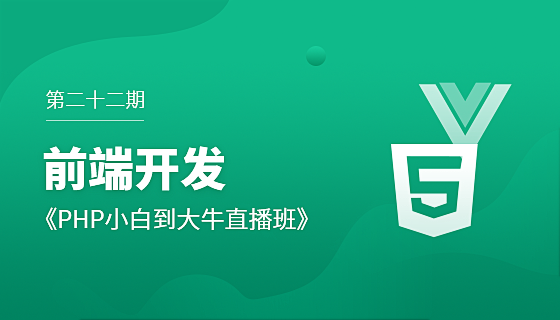HTML basic tags
In HTML, the more basic tags are mainly used for titles, paragraphs and line breaks.
The best way to learn HTML is to follow examples.
##Text title
HTML uses tags from to to define the title of the text, from Big to small. Each text title is its own paragraph.
A
##B
C
D
E
F
Paragraph division
#
Looking at Hefei, which areas can be classified currently? Going to the rich area?... This website will launch a series of reports to find the rich area in Hefei.
Cities are the focus of most people’s lives, especially for high-end people. ...It is also a veritable "rich area" in Hefei.
Use
and
to separate paragraphs in HTML.
Line break
##By using < br>This tag can wrap lines without creating a new paragraph. The
tag is an empty tag and has no closing tag, so
is incorrectly written.
##In HTML files, you can write code Comments explain your code so that you and others can better understand it in the future.
Comments can be written between . Browsers ignore comments, and you won't see your comments in the HTML body.
##Some small suggestions
HTML files will automatically cut off excess spaces. No matter how many spaces you add, they are all counted as one space. A blank line is also considered a space.
Some Tags can separate the text into a paragraph without using
to segment it. For example, title tags such as . HTML link
A link refers to a connection relationship from a web page to a target. The target can be another web page, a different location on the same web page, or a picture, email address, file, or even an application.
HTML links are defined through the tag.
Note: Specify the link address in the href attribute.
(You will learn more about properties later in this tutorial).
HTML images
HTML images are defined through the tag.
Note: The name and dimensions of the image are provided as properties.
These tags will be introduced in detail in later chapters


![Front-end Vue3 actual combat [handwritten vue project]](https://img.php.cn/upload/course/000/000/068/639b12e98e0b5441.png)
![APIPOST tutorial [Popularization of technical concepts related to network communication]](https://img.php.cn/upload/course/000/000/068/63996f34c6c94370.png)










